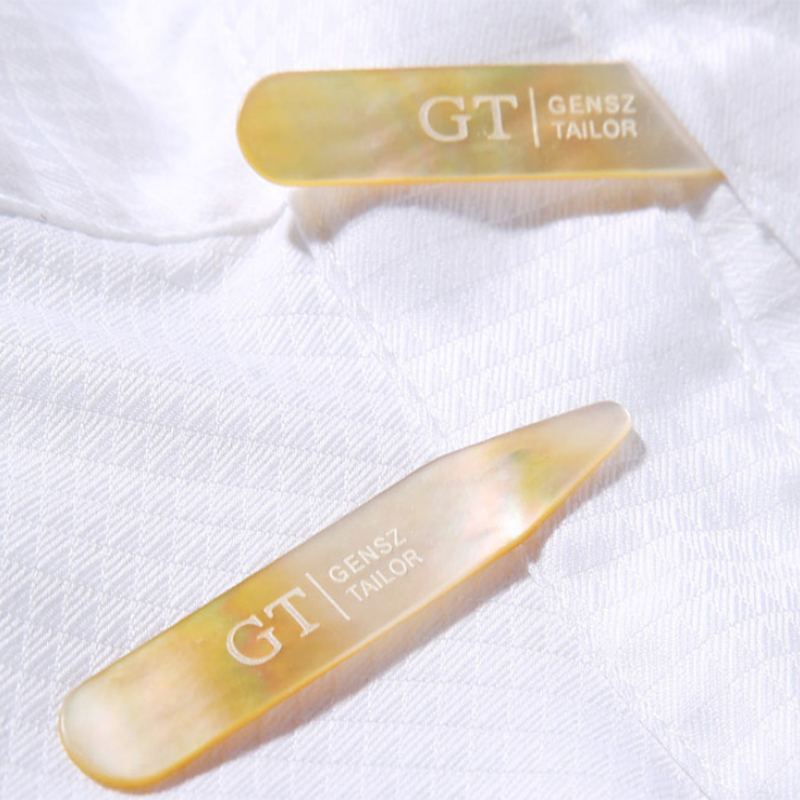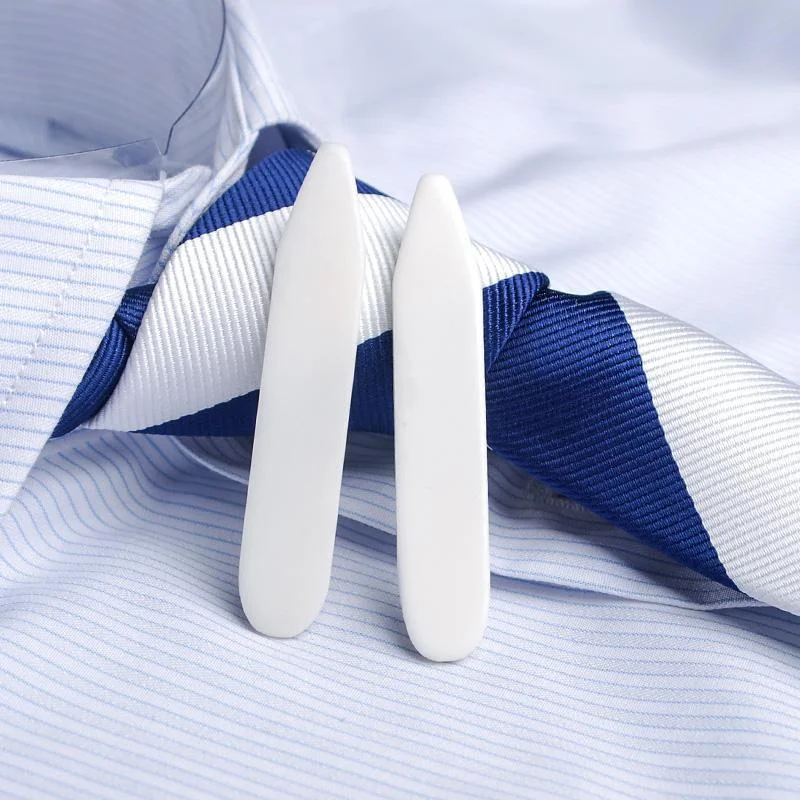how durable is mother of pearl?
Worried mother of pearl’s beauty is too fragile for interiors? Doubts about scratches and wear can hinder its use. Surprisingly, this natural gem is remarkably tough and long-lasting.
Mother of pearl is highly durable, comparable in hardness to some stones or bone. Made from mature shells (often 7+ years), it’s naturally resistant to water, corrosion, and wear, lasting decades.
Raw black mother of pearl shells

Chinese raw river shells
Its shimmering elegance, reflecting different light from various angles like a pearl, belies a robust nature rooted in its natural composition. But factors influence its strength, and knowing how to choose and verify quality is key. Let’s explore what makes MOP resilient.
what makes some mother of pearl tiles more durable?
Choosing MOP tiles but unsure which variation lasts longest? Picking a less robust type risks compromising your design’s durability and luxurious feel. Knowing the durability factors is crucial.
Key factors influencing MOP tile durability include shell species (saltwater often harder), shell maturity (older shells = denser), and manufacturing quality. These significantly impact its resilience and longevity.
Mother of pearl’s impressive durability stems from its natural composition, perfected over years within the shell. Here’s a deeper look:
Core Material Strength
Mother of pearl (nacre) is the iridescent inner layer of shells, essentially the "mother" of the pearl itself, sharing its captivating features.
- Maturity Matters: We often use shells aged 7-8 years or more. This maturity yields denser, harder material, achieving hardness comparable to some stones or even bone.
- Shell Type: Generally, shells from saltwater environments (like Akoya, South Sea pearl oysters) tend to be harder and more resilient than many freshwater shell varieties.
- Natural Resistance: It boasts inherent resistance to water, common household acids, and corrosion, making it exceptionally durable for interior applications. It’s also eco-friendly.
This combination of natural hardness and resistance is why MOP is trusted in demanding, high-end environments like five-star hotels, luxury restaurants, and exclusive private villas, adding a touch of lasting elegance and symbolic wealth.
How to choose the right mother of pearl?
Finding the perfect mother of pearl feels daunting? Choosing incorrectly might clash with your design vision or underperform, creating headaches. Consider style and application for the right fit.
Choose the right MOP by matching its natural color/pattern (whites, blacks, golds, abalone) to your interior style and color scheme. Consider the application area and required durability level.
Selecting the ideal mother of pearl enhances your design’s luxury and ensures longevity. Consider these aspects:
Matching Aesthetics
- Interior Style: Align the MOP type with your design theme. Crisp White MOP suits modern minimalism, while rich Golden-lip or Black MOP complements classic luxury. Vibrant Abalone or soft Pink MOP can enhance coastal or eclectic styles.
- Color Palette: Mother of pearl offers stunning natural colors – no dyes needed. Choose from pristine whites, deep blacks, warm golds, iridescent blues/greens (Abalone), and delicate pinks to harmonize with your scheme.
- Symbolism: Remember its inherent association with luxury, wealth, elegance, and even good fortune. Use it strategically to elevate the perceived value and ambiance of the space.
Functional Considerations
- Application: Is it for a feature wall, a kitchen backsplash, furniture inlay, or purely decorative trim? While durable, consider the level of potential contact or abrasion.
- Shell Type & Durability: For areas requiring maximum resilience, inquire about options made from harder saltwater shells if appropriate for the aesthetic.
how to check the quality of mother of pearl?
Worried about getting inferior mother of pearl? Poor quality means installation woes, visual defects, and reduced lifespan, undermining your project. Know the simple quality checkpoints.
Check MOP quality via surface smoothness, color purity/consistency, precise chip size (for mosaics), and absence of scratches/chips. High quality ensures beauty and longevity.
Ensuring you receive high-quality mother of pearl guarantees the best aesthetic result and maximizes its impressive durability. Here’s a quick quality checklist based on key visual and tactile cues:
| Quality Factor | How to Check | Why it Matters |
|---|---|---|
| Surface Smoothness | Feel the surface; look for an even, polished finish. | Ensures consistent light reflection, premium tactile feel. |
| Color Purity | Inspect for consistent natural color without blemishes. | Creates a visually cohesive and high-end appearance. |
| Chip Size Accuracy | (Mosaics) Verify chips are uniform in size and shape. | Allows for clean, tight grout lines, easier installation. |
| Absence of Defects | Look closely for scratches, cracks, or chipped edges. | Indicates careful production/handling, preserves beauty. |
| Luster/Iridescence | Observe the play of color as light hits from angles. | High quality MOP exhibits vibrant, captivating shimmer. |
Investing time in quality checks ensures you harness the full potential of this luxurious, naturally durable, and symbolically rich material.
Conclusion
Mother of pearl offers remarkable durability alongside its beauty. Selecting the right type based on style and checking for quality ensures this luxurious, long-lasting material truly elevates your design.






